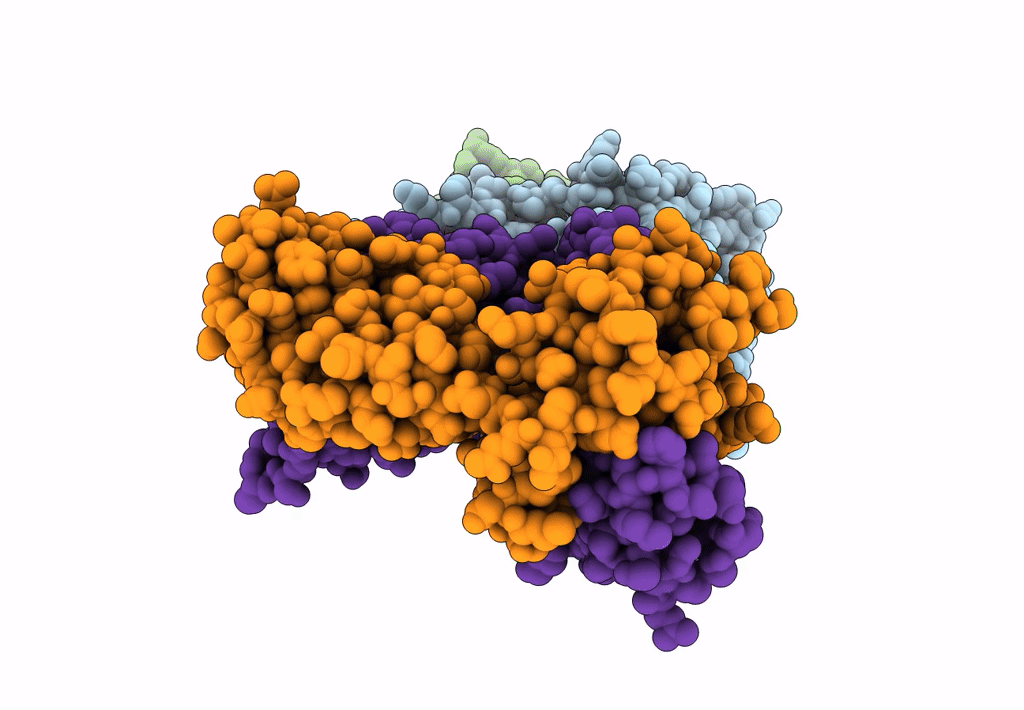
Deposition Date
2020-12-14
Release Date
2022-03-23
Last Version Date
2024-10-16
Entry Detail
PDB ID:
7L1D
Keywords:
Title:
Crystal structure of human 21LT2-2 TCR bound to HLA-A*03:01 in complex with a mutant PIK3CA peptide
Biological Source:
Source Organism:
Homo sapiens (Taxon ID: 9606)
Host Organism:
Method Details:
Experimental Method:
Resolution:
3.11 Å
R-Value Free:
0.24
R-Value Work:
0.19
R-Value Observed:
0.20
Space Group:
P 43 21 2


